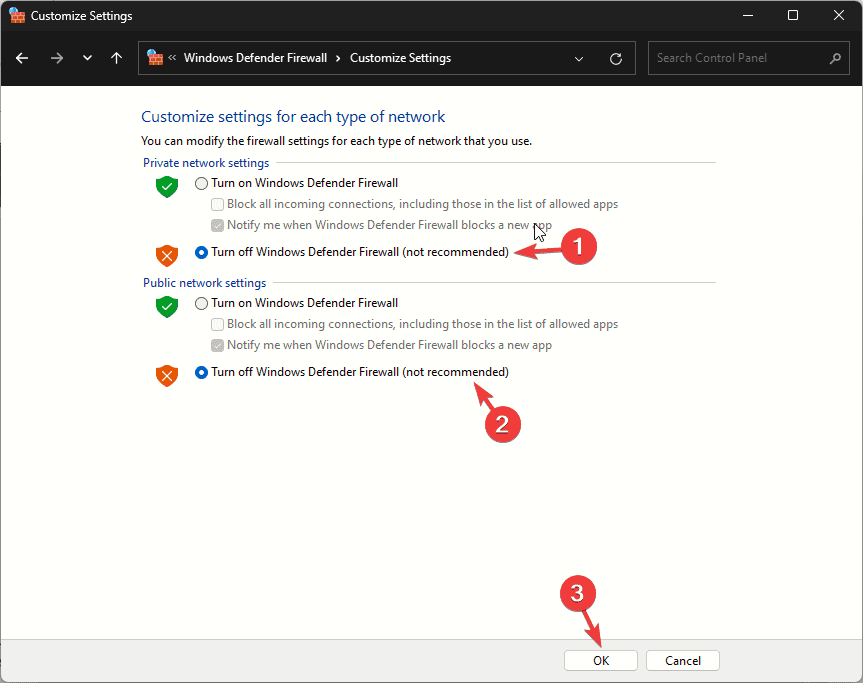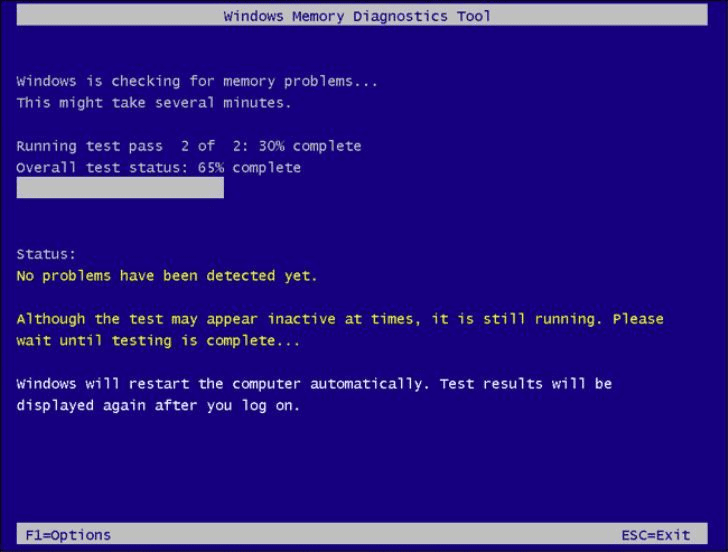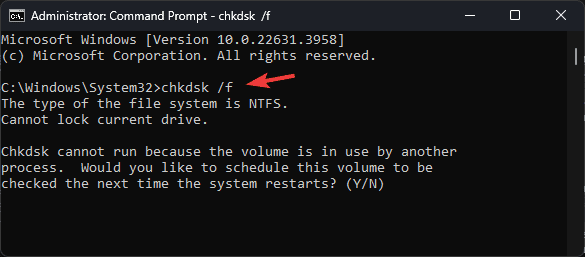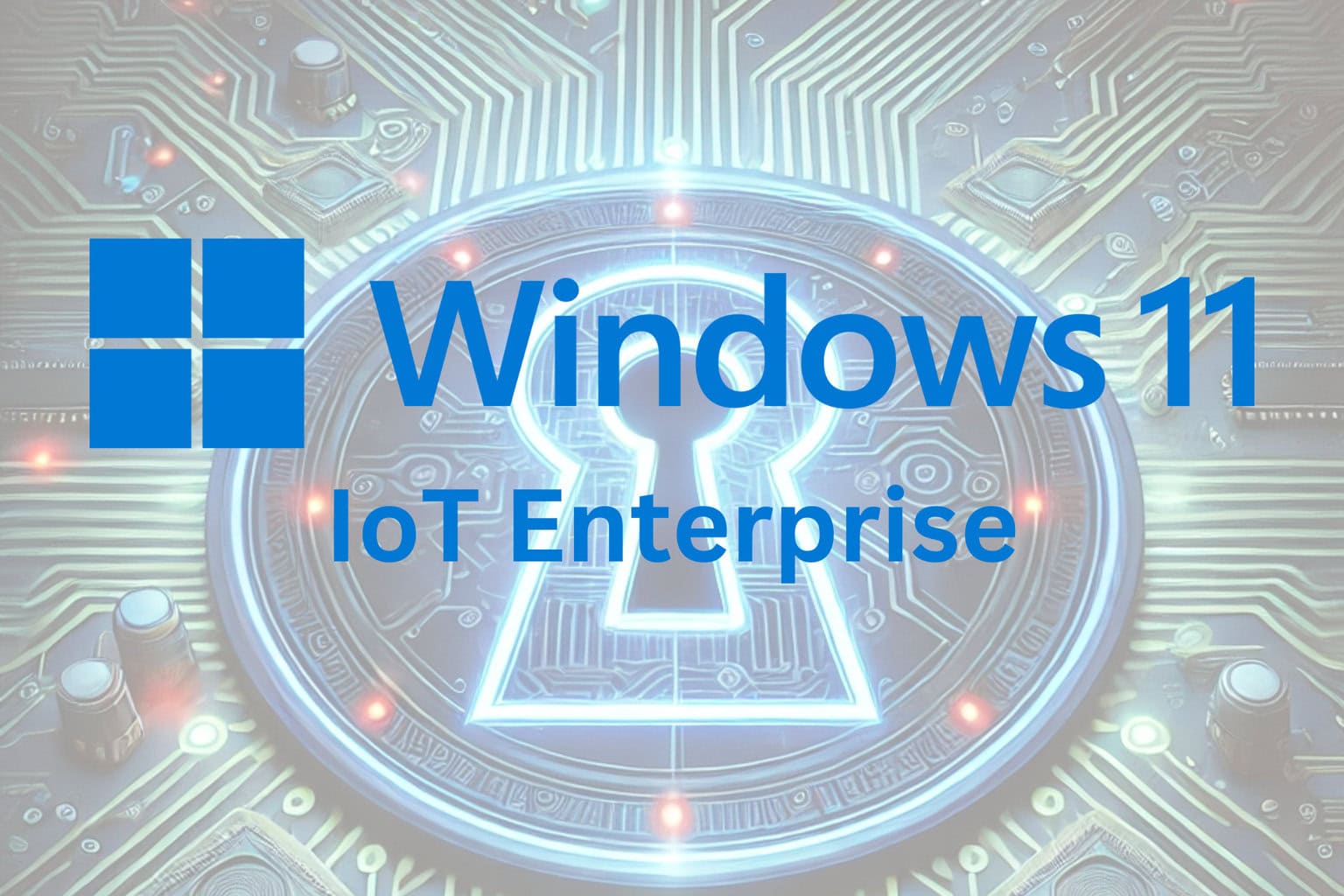Fix: PORT_DRIVER_INTERNAL (0x0000002C) on Windows 11
Ensure your Windows PC is updated to the latest version
5 min. read
Updated on
Read our disclosure page to find out how can you help Windows Report sustain the editorial team. Read more

Many readers have complained about the PORT_DRIVER_INTERNAL (0x0000002C) error on their Windows 11 devices. It usually occurs due to corrupt or outdated drivers, hardware issues like failing RAM, or third-party software interference.
To fix it, first, ensure your Windows is up to date, then run a malware scan using the Windows Security app or any third-party security software of your choice.
How can I fix the PORT_DRIVER_INTERNAL (0x0000002C) on Windows 11?
 NOTE
NOTE
1. Turn off the Windows Firewall
- Press the Windows key, type control panel, and click Open.
- Select View by as Category, then click System and Security.
- Click Windows Defender Firewall.
- Locate and click the Turn Windows Defender Firewall on or off option from the left pane.
- Next, under Private and Public network settings, choose Turn off Windows Defender Firewall (not recommended), then click OK.
You can also temporarily disable your security software to resolve this problem. Once you can access the mail, don’t forget to reverse engineer these steps to turn on the Windows Defender Firewall and enable the security software you have disabled.
2. Update the outdated drivers
- Press Windows + R to open the Run window.
- Type devmgmt.msc and click OK to open the Device Manager app.
- Go through all the categories by clicking and expanding them. If you find a yellow triangle with an exclamation mark on any of the components in a category, right-click it to open the context menu and choose Update driver.
- On the following pop-up, select Search automatically for drivers.
- Follow the on-screen instructions to complete the process.
If you encounter any BSoD errors after an upgrade, updating the drivers on your computer is a good way to fix the problem. Read this guide to learn more.
In case Windows cannot find a better driver version, you can use a third-party driver updater and fixer, which can easily update the drivers on your PC, or head to the manufacturer’s official website and manually install the driver!
3. Run SFC & DISM scans
- Press the Windows key, type cmd in the search box, and click Run as administrator.
- Type the following command to restore the missing files and hit Enter:
sfc/scannow - Once the scan is executed, copy & paste the following command to run the DISM command, then press Enter:
DISM /Online /Cleanup-Image /RestoreHealth - Wait for the scan to complete, and restart your computer to save the changes.
4. Using the Windows Memory Diagnostic Tool
- Press the Windows key and type windows memory diagnostic in the search box. Click the first result to open it.
- Choose Restart now and check for problems (recommended).
- Your PC will restart, and the memory diagnostic scan will begin automatically. Wait for the process to finish.
- Once done, your PC will reboot automatically, and after logging in, you will see results on the desktop.
- However, if you don’t see the results, you can check them in Event Viewer. Press Windows and type event viewer in the search box. Click the first result to open it.
- Click and expand the Windows Logs section from the left pane, and click System.
- Now, on the right pane, choose the Actions menu and expand the System section.
- Click Find.
- In the text field, type memory diagnostic and click Find Next to get the scan logs.
- It will take you to the results; click the General tab to see the information.
5. Uninstall unwanted apps
- Press Windows + I to open the Settings app.
- Go to Apps, then click Installed apps.
- You will get a list of apps, to remove any of them, click three-dot icon, then select Uninstall.
- Follow the on-screen instructions to complete the process.
6. Run the CHKDSK scan
- Press the Windows key, type cmd in the search bar, and click Run as administrator.
- Type the following command and hit Enter:
chkdsk /f - Click Y if prompted and wait for the process to complete.
- Reboot your computer to save the changes.
7. Perform a system restore
- Press Windows + R to open the Run window.
- Type rstrui and click OK to open the System Restore window.
- On the System Restore window, click Next.
- Select the restore point from the list, then click Next.
- Click Finish to initiate the process.
If your system was not able to restore to the previous version and you see System Restore did not complete successfully message, check out this guide for quick solutions.
To conclude, to fix the PORT_DRIVER_INTERNAL error, you can run a malware scan, temporarily disable the Windows Defender Firewall, update drivers, recover missing files using an SFC scan, check your disk for file system errors or physical damage to memory modules.
If you have any suggestions or concerns about this error, feel free to mention them in the comments section below.

































User forum
0 messages